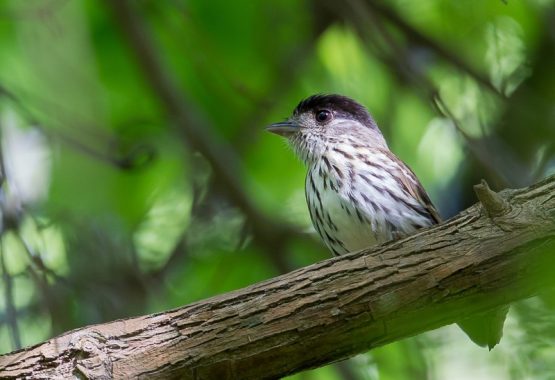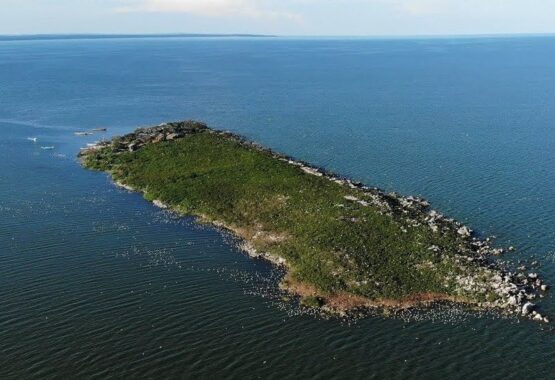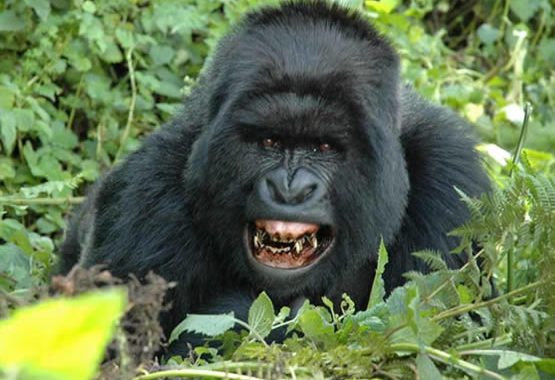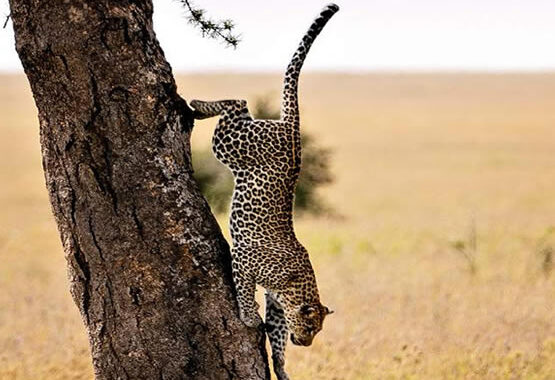Our blissful journey lasted only until we begun winding and turning like a snake navigating through sand. These meandering roads eventually revealed Kisoro town is nestled between the hills of South-western Uganda. The backdrop of Virunga ranges completes this rich natural tapestry. My initial itinerary involved a nature walk through Mt. Sabinyo gorge and the Batwa trail to see Garama cave, Batwa homesteads and also observe their way of life.
Instead, I visited Lake Mutanda. Lake Mutanda is approximately 22 square kilometres wide and 53 meters deep with 15 islands. The preeminent ones being Mutanda island, punishment island, and Skeleton island. Each island has a tale that once influenced the decisions people’s way. During these visits, I intend to discover the tale and see how the people have re-defined it as a form of progress and conservation of heritage and culture. I met Julius, my tour guide briefly in town before we took Boda-Bodas to Mutanda Eco-Community camp. The camp is located on the southern shores of Lake Mutanda and it is managed by Mgahinga Community Development Organisation (MCDO). MCDO is a community-based initiative dedicated to creating tourism opportunities that benefit the livelihood of the people in Kisoro. With three locals from the camp, we ventured further away from the camp on Lake Mutanda.

As we sailed along the serene waters of Lake Mutanda, we approached a huge peninsula slightly north from the camp. The peninsula has beautifully terraced slopes with a few houses decorating its slopes. It appeared unimposing for a ‘Python Peninsula.’ Julius mentioned that a recent Banana wilt bacterium had attacked the bananas in the area. Further, since pythons feed on banana stems, most of them were forced to seek food elsewhere. We were disappointed because we did not get to see any. Julius added that black Mamba snakes are also common along the shores and maybe, we might be able to spot one. Towering further left of the island is the punishment cliff. The cliff had similar atrocities as Kisiizi falls where pregnant unmarried Bafumbira girls were executed. Why it is so, the tour guide didn’t elaborate. Although, the Bafumbira have the same history as the Banyarwanda of Rwanda, there are a few similarities with the Bakiga. For example, they are also short and heavily built alike. So, one would allude to the similarity in punishments as the Bafumbira assimilating and adapting to the practice by the Bakiga. Up to this day, the cliff is a place of loss to many people that know the atrocities that befell their loved ones. Locals still view it as a cursed or damned place. As the cliff diminished in the distance, we passed by a few islands until we reached Mutanda Island.


Mutanda Island is a long stretch of land comprised of trees and shrubby vegetation. It was home to royal guards who secured the entrance to the skeleton island. As we sailed further North, we approached a huge rocky island covered in green climbing plants. On the island is a cave, its facade laced with ribbed bars and the entrance, a small wooden door. Julius told us that we had arrived at the skeleton island. In Bufumbira culture, the dead were not buried but rather brought to rest in the cave on the island. As we entered, we were hit by a pungent smell of putrefied hides and skin. A small rock that contained skeletons wrapped in a mat lay before us. Julius further told us that the dead bodies were either wrapped in mats or animal skin and then brought to be laid to rest in the cave. They also believed that if the dead are honoured, prosperity would be guaranteed. Being in the cave was daunting to say the least. It felt like stepping in a desolate darkness with the voices of the dead screaming for attention from all corners. Julius told us of a plan to renovate it, close it off with glass so that whoever views it from the lake catches a glimpse of what lays inside. The dead are honoured and the cave generates value as a cultural and historical site. After paying homage to the dead, we left the island and proceeded to the Punishment island.

Punishment island, formerly known as the site where unmarried pregnant women and criminals were left to starve to death now boosts a resort, Gahiza Island Lodge. When at the skeleton island, we saw skeletons and bone remains of the dead, so we expected to find the same at the punishment island. The island no longer bares the signs of a former punishment site. It has amazing views of the Virunga ranges and the lake. Julius stated that the island was cleared of all the remains when the resort was constructed. The island name also changed to Gahiza in a bid to give it a new beginning. One full of adventure, discovery, and fun. However, should a place be fully stripped of its history so as to create new beginnings or should it build a richer and powerful story from what history offers? I think the lodge should sell its narrative as one of triumph and victory as was done at Kisiizi falls. So that people remember what took place but also find a new meaning in the place. In so doing, a new version of the story is told, one that transcends from darkness to light. The locals could also garner courage to visit the island if they see and know that the island has been re-defined and that it now signifies something different and encouraging. As we sailed away over the calm waters, I realised a need for the community to redefine the island but still tell the tales of the past so that we understand our history, learn from it, and craft a different tomorrow.





